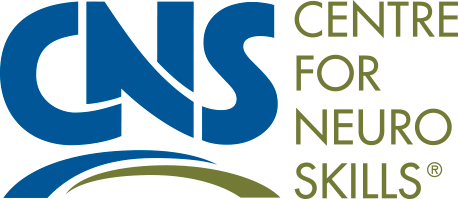S
| A | B | C | D | E | F | G | H | I | J | K | L | M | N | O | P | R | S | T | U | V |
Seizure
An uncontrolled discharge of nerve cells which may spread to other cells nearby or throughout the entire brain. It usually lasts only a few minutes. It may be associated with loss of consciousness, loss of bowel and bladder control and tremors. May also cause aggression or other behavioral change.
Sensation
Feeling stimuli which activate sensory organs of the body, such as touch, temperature, pressure and pain. Also seeing, hearing, smelling and tasting.
Sensorimotor
Refers to all aspects of movement and sensation and the interaction of the two.
Sensory Integration
Interaction of two or more sensory processes in a manner that enhances the adaptiveness of the brain.
Sequencing
Reading, listening, expressing thoughts, describing events or contracting muscles in an orderly and meaningful manner.
Sheltered Workshop
A work setting certified as such by the Wage & Hour Division. It provides transitional and/or long-term employment in a controlled and protected working environment for those who are unable either to compete or to function in the open job market due to their disabilities. May provide vocational evaluation and work adjustment services.
Shunt
A procedure to draw off excessive fluid in the brain. A surgically-placed tube running from the ventricles which deposits fluid into either the abdominal cavity, heart or large veins of the neck.
Somatosensory
Sensory activity having its origin elsewhere than in the special sense organs (such as eyes and ears) and conveying information to the brain about the state of the body proper and its immediate environment.
Spasticity
An involuntary increase in muscle tone (tension) that occurs following injury to the brain or spinal cord, causing the muscles to resist being moved. Characteristics may include increase in deep tendon reflexes, resistance to passive stretch, clasp knife phenomenon, and clonus.
Spatial Ability
Ability to perceive the construction of an object in both two and three dimensions. Spatial ability has four components: the ability to perceive a static figure in different positions, the ability to interpret and duplicate the movements between various parts of a figure, the ability to perceive the relationship between an object and a person's own body sphere, and the ability to interpret the person's body as an object in space.
Speech-language Pathology Services
A continuum of services including prevention, identification, diagnosis, consultation, and treatment of patients regarding speech, language, oral and pharyngeal sensorimotor function.
Spontaneous Recovery
The recovery which occurs as damage to body tissues heals. This type of recovery occurs with or without rehabilitation and it is very difficult to know how much improvement is spontaneous and how much is due to rehabilitative interventions. However, when the recovery is guided by an experienced rehabilitation team, complications can be anticipated and minimized; the return of function can be channeled in useful directions and in progressive steps so that the eventual outcome is the best that is possible.
Subcortex
The part of the brain directly below the cerebral cortex and deep within the brain. It consists of three main areas: The brainstem, midbrain and forebrain and are involved in complex activities such as memory, emotion, pleasure and hormone production.
Subdural
Beneath the dura (tough membrane) covering the brain and spinal cord.
Supine
Lying on one's back.
Suppository
Medicine contained in a capsule which is inserted into the rectum so that the medicine can be absorbed into the blood stream.

